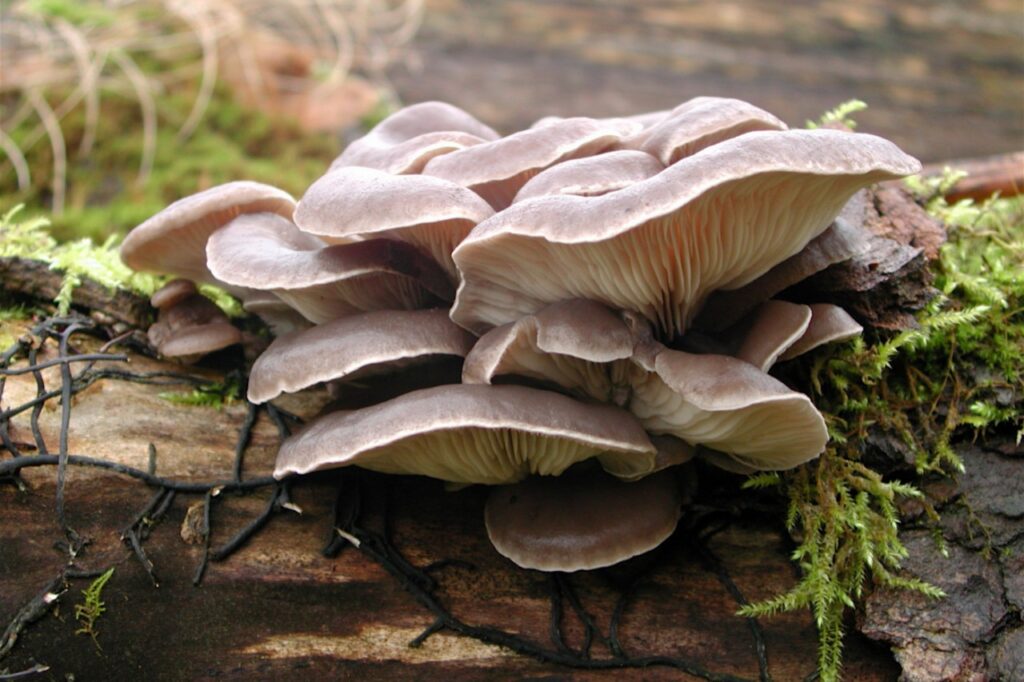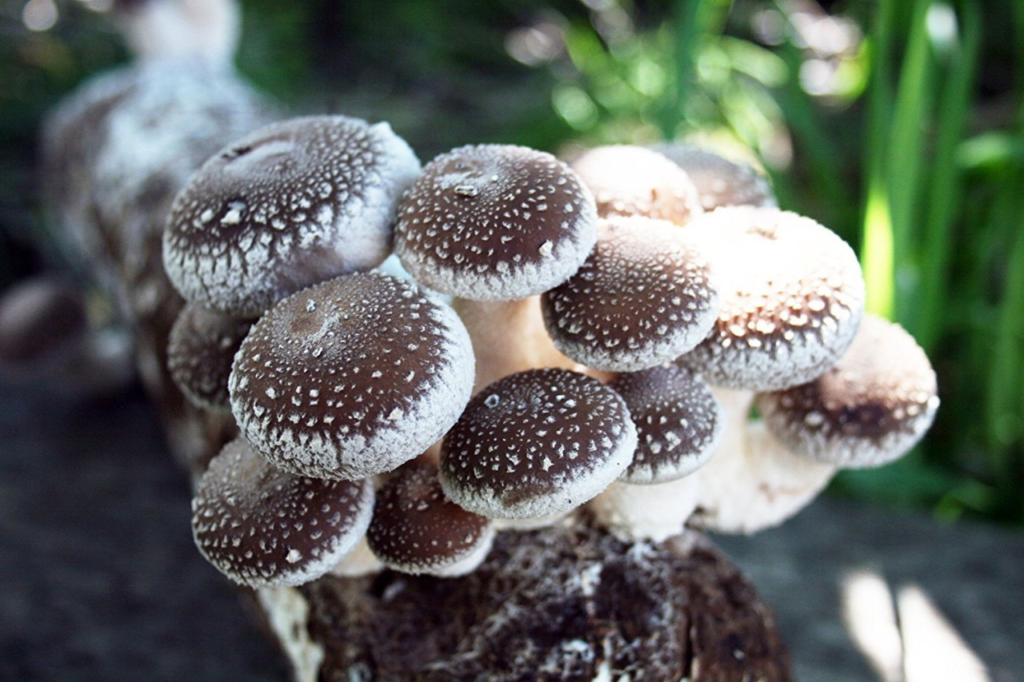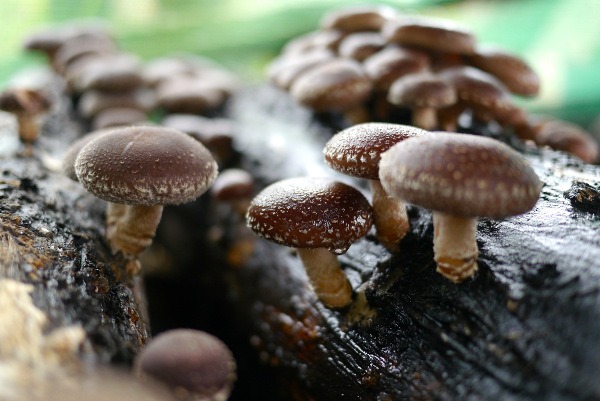Growing trees and mushrooms can actually cause forestation. According to the results of a recent study, plant-forward diets in wealthy nations could have a remarkable “double dividend” climate. Its is because of the impact of their combination of direct emissions reductions and prospective land-use modifications for carbon storage. The combination of mushroom farming and afforestation, according to a recent study published in the journal Science of the Total Environment, may reduce the demand for cow ranching while simultaneously regenerating biodiverse, minimally managed, mixed-species hardwood forests in the tropics.
Researchers Paul W.Thomas and Luis-Bernardo focused on the potential for cultivating native tree species that have been inoculated with Lactarius indigo. It is a mushroom that already naturally grows across much of South, Central, and North America. They discovered that, at least theoretically, mushroom farming could really outperform cattle ranching in terms of nutritional content. In their abstract, they state the possibility as follows:
“… We demonstrate that a protein production of 7.31 kg per hectare, greater than that of widespread pastoral beef production, should be feasible. Contrary to commercial agriculture, growing. Indigo could improve biodiversity, advance conservation objectives, and produce a net sink for greenhouse gases. It can also yield an equivalent or greater amount of protein per unit area than the most typical agriculture practice on deforested land.
The research was inspired by conversations he and Vazquez had about using mushroom farming as a possible approach for rural income and food security projects in Mexico. It seemed like a potentially effective method for managing the competing demands of agriculture, biodiversity, conservation, and carbon sequestration. Until these goals were combined with a growing understanding of just how severely climate change may influence biological systems.

MUSHROOMS:
According to Thomas, it should be possible to replant a significant portion of a forest while also generating good food because Lactarius indigo is an ectomycorrhizal fungus, which means it creates a symbiotic association with the roots of specific trees.
“You see all these grand objectives for planting trees, “Thomas added. “We do not even come close to the 30,000 hectares per year recommended by the UK’s Climate Change Committee. And this holds true for all nations in the world. It’s obvious that something needs to happen because the Amazon rain forest is currently being cleared for pasture to the tune of 70%.
How might these hypothetical mushroom farms look? He envisaged a setting that would resemble forests that exist in the wild quite closely.
“For instance, there isn’t much virgin rainforest remaining in Costa Rica. What you have is secondary growth forest that has been allowed to recover despite having previously been cut down “Thomas explained. “The kinds of systems we’re suggesting would resemble that in many ways. For biodiversity, the milk cap-inoculated trees would be mixed with a variety of native species. And year-round forest management would be at a minimum. When everything was set up, the major activity would be to send out foragers to gather the mushrooms.

TREES AND MUSHROOMS STUDY:
Given the symbiotic relationship between fungi and trees, he was careful to issue a warning before addressing the question of whether there were benefits solely in terms of tree development.
“Theoretically, combining tree seedlings with mycorrhizal fungi has advantages in the lab. But in the field, it’s far more difficult to say, “Thomas said. “Fungi are abundant in the actual world. In fact, as soon as you plant a tree, it will begin developing associations with various fungi and bacteria. Although it would be wonderful to think that these inoculations benefit trees as well. The main conservation advantages come from the fact that generating large amounts of protein while also replanting forests lowers the risk of deforestation.
Thomas was also clear that much work remains to be done. Having looked at the theoretical potential in terms of food production, as well as the viability of identifying viable host species and inoculating them successfully. Thomas and Vazquez are now keen to turn their attention to the sociological and economic factors. For example, Thomas noted there will likely be tradeoffs between how land will be managed. More intensively managed land, for example, might produce more food, but with less conservation value. Similarly, it might be possible to grow really biodiverse, healthy forests. But at the cost of making mushroom cultivation a less significant, ancillary benefit.



